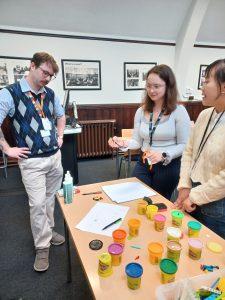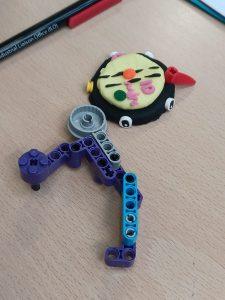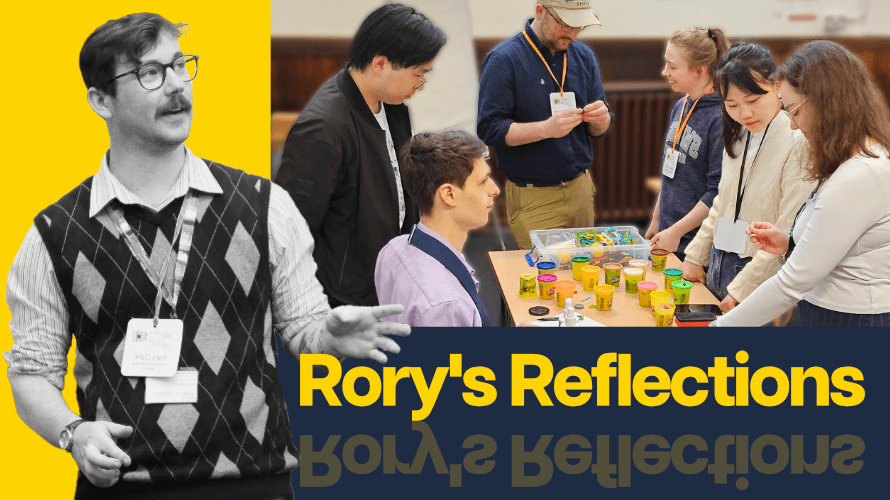
As part of the South West UK Pre-CHI event in April 2025, the pro2 network hosted a workshop for attendees on the concept of isotyping as an opportunity for Early Career Researchers (ECRs) to engage with the prototype to production process.
Isotyping refers to the period of building, testing and evaluating a design between a singular prototype and an end product – these isotypes may number in the dozens to the hundreds, and serve to demonstrate what an end product may look or act like, without going to the lengths of full scale production.
Over the course of a couple of hours, we examined the cycle of using iterative design to turn a single device into something replicable, using their personal and professional experiences to provide real-world education and guidance on device production. From our perspective, it was fascinating to see how participants engaged with the idea of isotyping, and how their academic backgrounds provided a unique perspective on the challenges we laid out.
We started by providing participants with materials like Lego, plasticine, pens and paper and asked them to “design a prototype” in groups, providing little restraints on their ideas. We were surprised to see their methods of coming to a final design: there was little initial discussion on requirements, specification, or user groups. Instead, groups began with physically expressing their ideas by modelling designs and functions in 3D space with the materials they had, choosing to design “on the fly” by constantly iterating and adapting the overall prototype to change as their ideas developed. This allowed them to expand and reduce functionality quickly, and meant that in a short time they had an all-encompassing real-world representation of their design idea.
The results were impressive, with one group presenting a wearable compass that connected to a maps app to show you where to go, and another showing an inner-ear based medical device that took brain waves turned them into images for scanning.
We used these prototype ideas to frame our discussions of isotyping. When asked what aspects of the design and production process might full under the “isotyping” banner, the backgrounds of our participants became more obvious – examples such as user testing, pilot study, and patent applications were given immediately, but factors like marketing, certification or supply chain management required coaxing, and evidently did not come naturally. Even more so, when we moved to discuss where they may need to go for help to address these aspects, the emphasis was on personal connections and 1:1 discussion: supervisor, friend, member of the department came before Google, forums or YouTube.
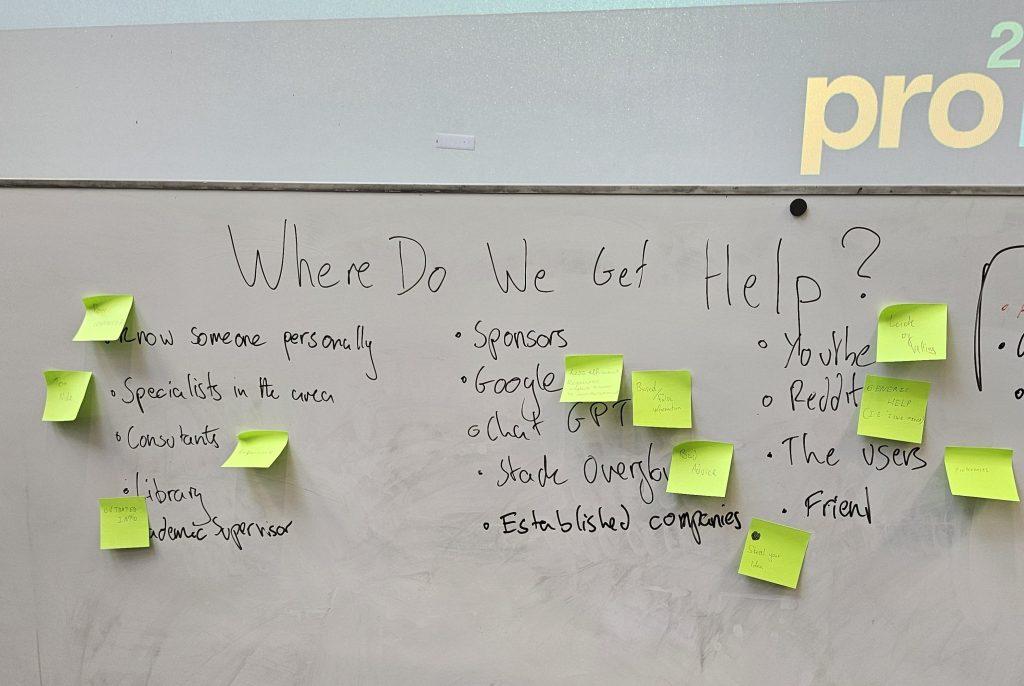
It was evident that our participants were framing isotyping through the lens of a research project, rather than a business or industrial challenge. As it turned out, none of our participants had actually engaged in the act of trying to get a prototype device to production, and were simply interested in the designing and implementing of larger scale ideas. There was an underlying sentiment that, since they were not entrepreneurs or industry members, isotyping was not a relevant concept – this highlights a significant gap in the education of ECRs; they may have to build a dozen examples of a deployment device for a research study, or have to have several examples of a prototype across different labs for collaboration. We felt the need to explain that while isotyping traditionally aims to get a device to commercial production, it is also a valuable skill for researchers and students in engineering and design spaces.
When reflecting on the workshop, it was also interesting to note the areas that went as expected, and the areas that didn’t. Our attendees were academics, and always initially looked to solve problems in academic ways – asking supervisors, consulting libraries, reading articles. It was an afterthought to consider an online how-to or instructable, showing the initial difficulty our ECRs had to step outside of their expected environment; it required significant reassurance that we were looking for them to discuss how to solve any problem, not just address a research question.
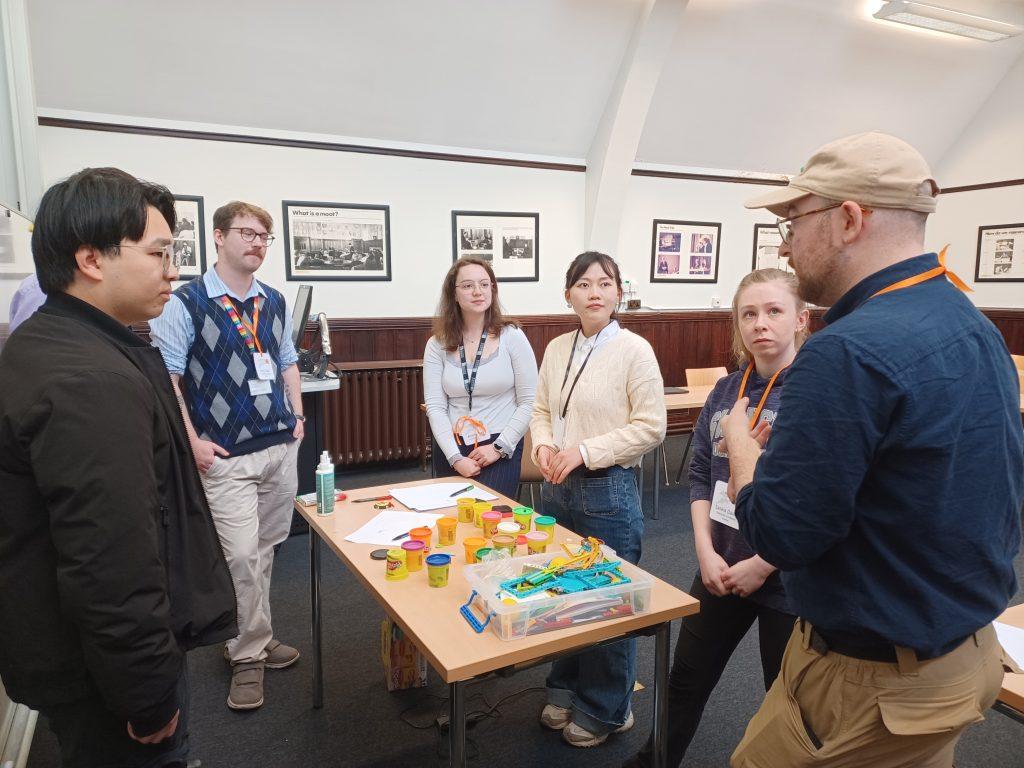
However, whilst we expected participants to note some ideas for a prototype, consider some requirements, then come to consensus, we were wrong: Move Fast And Break Things as a mantra still seems to exist when going through early design ideas. We could see in real time the iterative nature of this, with participants in parallel ripping apart Lego pieces and tearing up plasticine as ideas were dismissed, augmented or told “try that instead”. They wanted to see each other’s ideas and quickly assess their efficacy, and visualise how each function might look when added to the finished device. It was no good to have it written on paper when it could be made in front of you.
This was useful to us, as it showed the different dimensions of an ECR when problem solving: they were enthusiastic at the opportunity to do something different, to be allowed to deviate from what was expected from them, and to bring in personal experiences to align with their professional ones. Overall, the workshop was successful in teaching ECRs about the prototype to production process, but also helped to shape our own ideas and understanding of how different members of our network community engage with the design and implementation process, giving us something to carry forward into future activities. Many thanks to all who attended.
Check out our upcoming events for more opportunities to get involved, or register for free as a member of the network to stay up to date on events, funding calls, and more.

